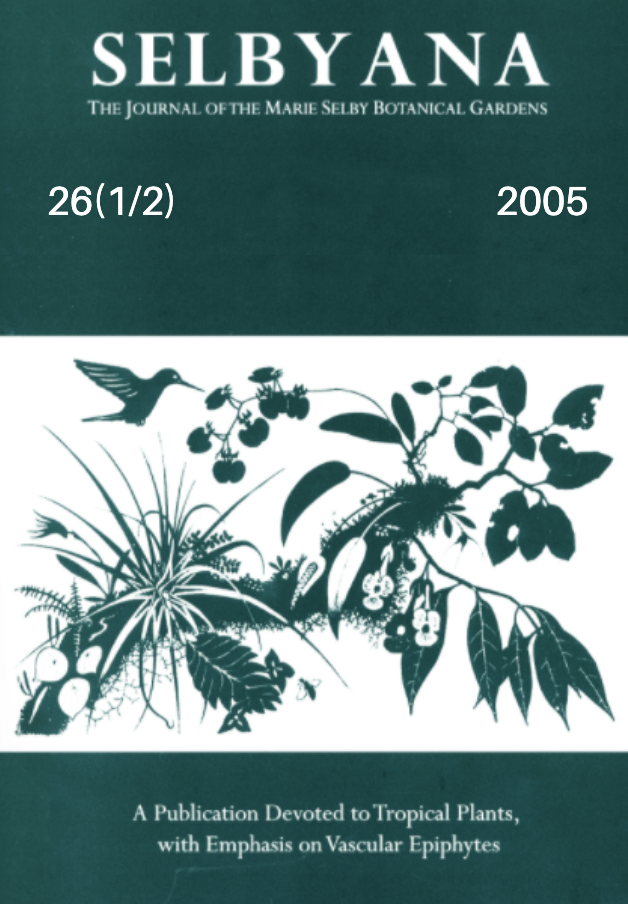Abstract
Currently, Alcoa World Alumina Australia mines and rehabilitates ca. 550 ha of jarran forest each year at two open-cut bauxite mines in Western Australia. The aim of Alcoa's rehabilitation program is to re-establish a functional and self-sustaining jarran forest ecosystem in these mined areas. Many indigenous geophytic plant species, however, fail to re-establish or do so very slowly. Indigenous terrestrial orchids form a significant proportion of the species difficult to re-establish. The dominant source of orchid propagules within the rehabilitation areas is wind-dispersed seed. Recruitment of new plants is dependent on availability of both viable seed and appropriate mycorrhizal fungi in the soil of suitable microhabitats at the beginning of the wet season. Flora surveys were undertaken to determine orchid species and their density in a temporal sequence of rehabilitation areas, so as to establish the sequence of species recovery. Total orchid population and clonal orchids were found to have returned to rehabilitation areas within 5 years at densities not significantly different from those of adjacent unmined forest. Numbers of total species and clonal species also were found to have returned to rehabilitation areas within 5 years at densities not significantly different from those of adjacent unmined forest. Orchid species identified as disturbance opportunists returned to rehabilitation areas within 5 years with densities increasing during the following 10 years but dropping to numbers not significantly different from those of adjacent unmined forest after 25 years. No disturbance opportunists were found in any unmined forest. Future studies will investigate the recovery of selected individual species in rehabilitation areas, vegetation associations of these species in both unmined forest and rehabilitation areas, and the diversity of their mycorrhizal fungi.
Open Access and Copyright Notice
Selbyana is committed to real and immediate open access for academic work. All of Selbyana's articles and reviews are free to access immediately upon publication. There are no author charges (APCs) prior to publication, and no charges for readers to download articles and reviews for their own scholarly use. To facilitate this, Selbyana depends on the financial backing of the Marie Selby Botanical Gardens, the hard work and dedication of its editorial team and advisory board, and the continuing support of its network of peer reviewers and partner institutions.
Authors are free to choose which open license they would like to use for their work. Our default license is the Creative Commons Attribution-NonCommercial 4.0 (CC BY-NC 4.0). While Selbyana’s articles can be copied by anyone for noncommercial purposes if proper credit is given, all materials are published under an open-access license with authors retaining full and permanent ownership of their work. The author grants Selbyana a perpetual, non-exclusive right to publish the work and to include it in other aggregations and indexes to achieve broader impact and visibility.
Authors are responsible for and required to ascertain that they are in possession of image rights for any and all photographs, illustrations, and figures included in their work or to obtain publication or reproduction rights from the rights holders. Contents of the journal will be registered with the Directory of Open Access Journals and similar repositories. Authors are encouraged to store their work elsewhere, for instance in institutional repositories or personal websites, including commercial sites such as academia.edu, to increase circulation (see The Effects of Open Access).
